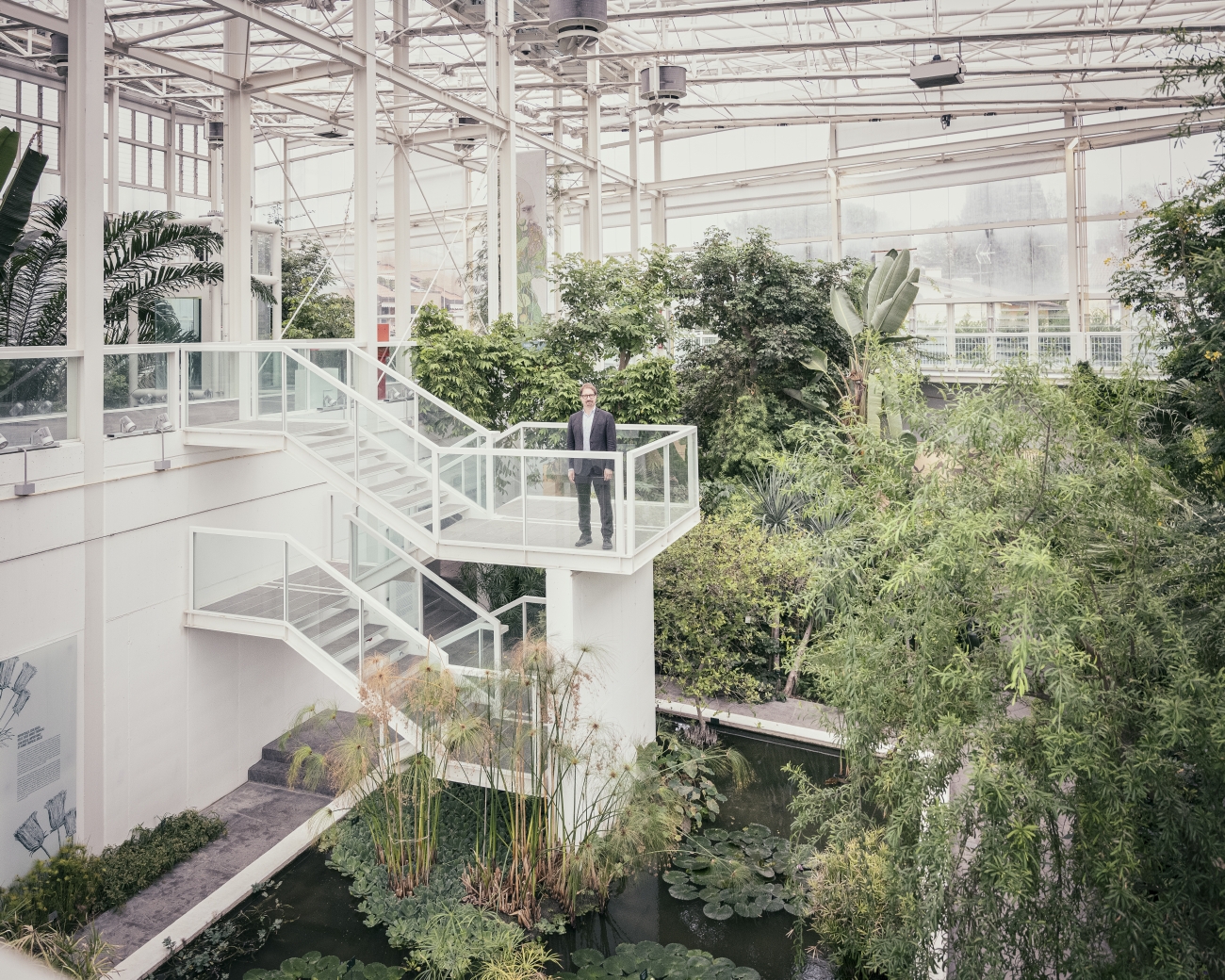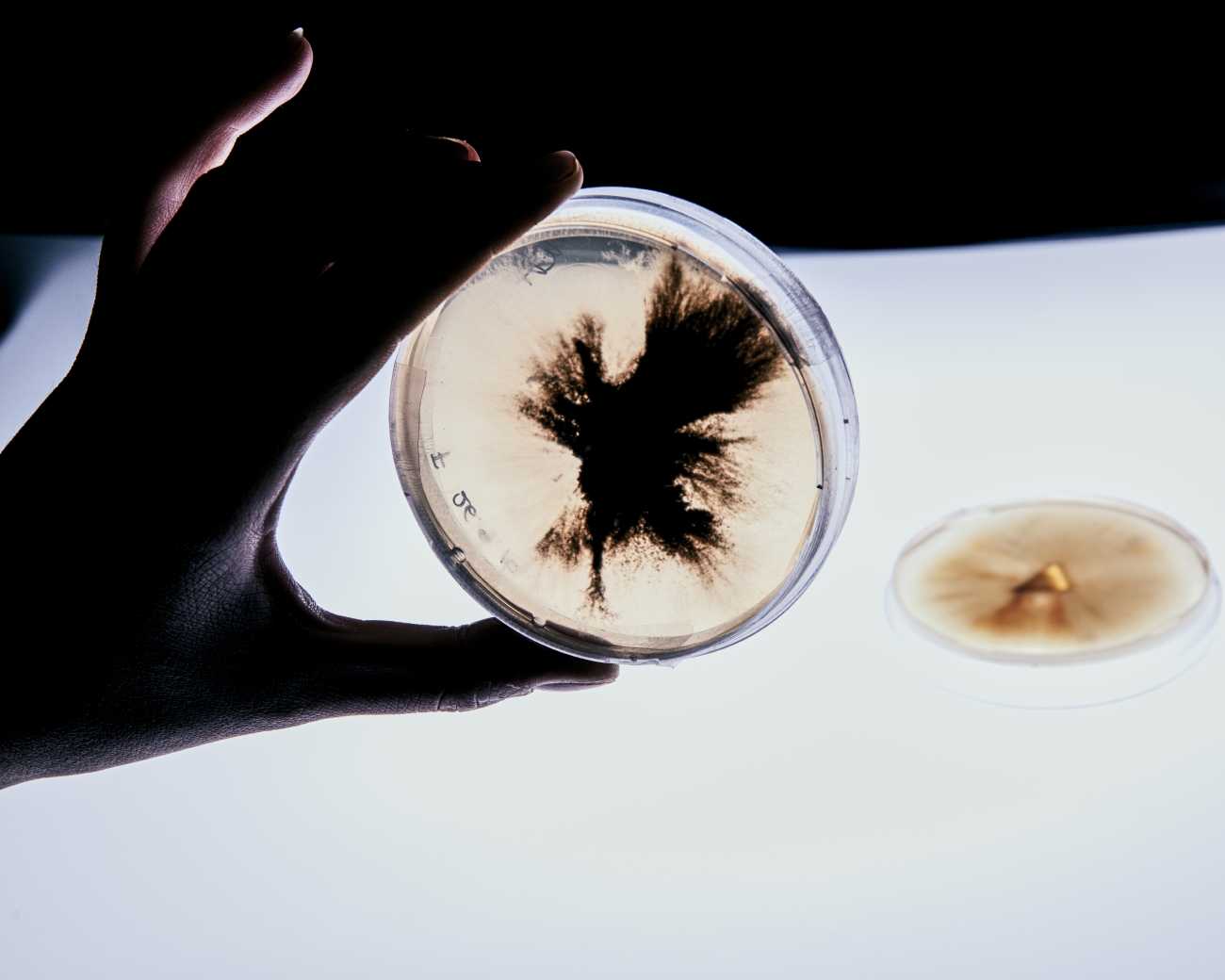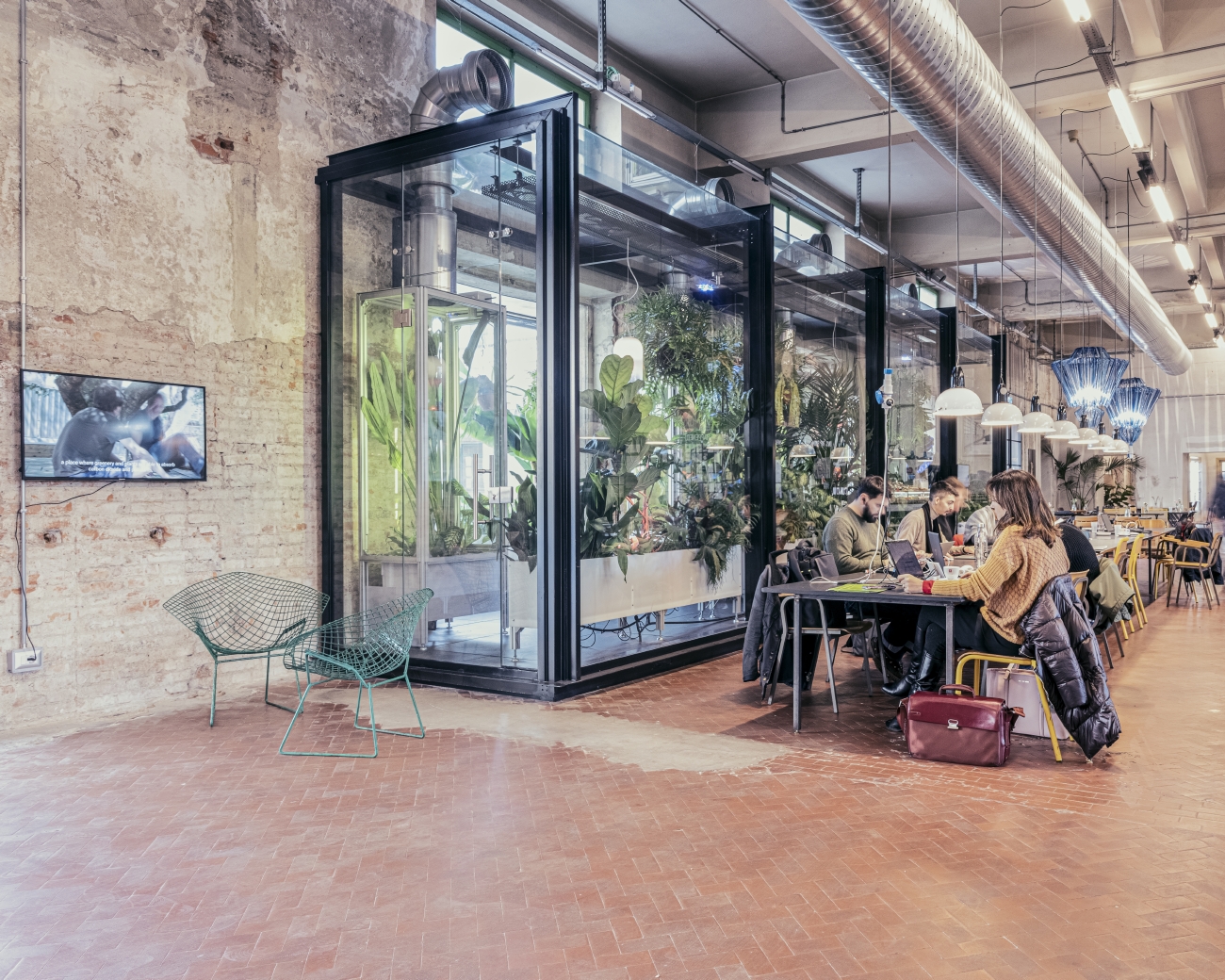Bio Minds
How models from the natural world can help us solve problems
Photo by Marco Buratti
We are mere visitors in the garden that is called Earth. In this garden 97.3% of the biomass is vegetation, the remaining 2.7% is made up of animals: insects (two thirds) and fish, birds and mammals (the remaining third). The human race, with its seven billion individuals, represents just 0.01% of the entire biomass: nevertheless, it has managed to impose its own development model, which is destroying the natural habitat.
Frequently, however, the natural world, with its organisation, its development model and its synergies, can show us possibilities for tackling problems. “Bio-inspiration”, in fact, is the concept of using biology and nature as a source of inspiration for developing human ingenuity, identifying models that are more sustainable and developing green technology, reducing the pollution of air and water, inspiring modular architecture and intelligent systems without a command centre.
(2019-2020)
Trees, fungi and bacteria can help mankind combat the pollution of the soil and the water table. To an increasing extent robots are being inspired by nature and are designed to be more similar to living organisms, both in terms of sensorial and locomotive capacities, and in the field of materials science. Then there is biomimetics (also known as biomimicry) a field of research that – by studying the main biological principles of organisms with the purpose of transforming them into artificial solutions – can be applied to diverse fields, from the production of renewable energy to medicine, from the textile industry to design, architecture and robotics.
















